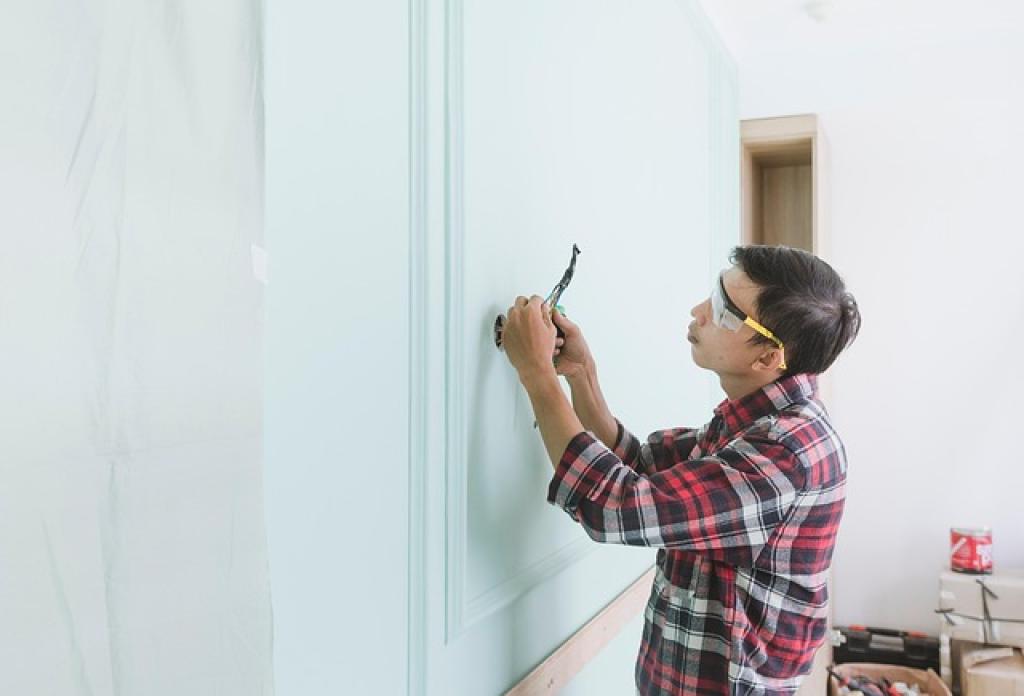Welcoming a new baby into your home is an exhilarating and heartwarming experience. Amidst the joy and excitement, ensuring the safety of your infant becomes a top priority for every parent. While babies are naturally curious explorers, the world around them can pose unforeseen risks.
Creating a secure environment doesn’t have to be overwhelming. With a few simple steps and precautions, you can transform your home into a safe haven for your little one. From safeguarding sleeping areas to childproofing household items, being prepared can make all the difference.
Dive into these essential tips that help keep your baby safe and sound, allowing you to focus on creating cherished memories. Whether you’re a first-time parent or need a refresher, these pointers are designed to help you stay vigilant and confident in keeping your infant safe.
Creating a Safe Sleeping Environment
Your baby’s sleeping space is one of the most crucial areas to focus on for safety. A safe sleep environment reduces the risk of sudden infant death syndrome (SIDS) and other sleep-related hazards.
Choosing the Right Crib
Start with a well-constructed crib. Ensure it meets current safety standards, with slats no wider than 2 3/8 inches apart to prevent entrapment. A firm mattress that fits snugly within the crib is essential—a gap of more than two fingers between the mattress and crib is a red flag.
Bedding Basics
Keep the crib clear of plush toys, bumpers, pillows, and heavy blankets. Instead, dress your baby in a sleep sack or pajamas with no strings attached. Position them on their back for sleep, as this is the safest position for infants.
Room-sharing is recommended for at least the first six months. Keep the crib or bassinet within arm’s reach. This makes nighttime feeding and comforting easier while ensuring your baby has their own distinct space for sleep.
Regularly inspect sleeping equipment for wear and tear, tightening any screws and bolts as necessary. Creating a safe sleeping environment provides peace of mind, ensuring that your baby is sheltered in safety every night.
Choosing the Right Safety Products
Selecting the appropriate safety products is a vital step in childproofing your home. These products are designed to protect your little one from various hazards as they grow and become more mobile.
Start with the basics—outlet covers and corner guards. Electrical outlets are irresistible to curious little fingers; plug covers are an easy fix to prevent electric shocks. Sharp corners on furniture can pose a risk, especially for wobbly walkers, so ensure edges are cushioned to prevent injuries.
Cabinet locks keep potentially dangerous items like cleaning supplies out of reach. Choose locks that are easy for adults to operate but challenging for small hands. For drawers, opt for locks that prevent them from pulling out entirely.
Gates and Barriers
Baby gates are indispensable for keeping infants away from risky areas like stairs and kitchens. Look for gates that are strong, secure, and easy to install. Pressure-mounted gates are great for temporary setups, while hardware-mounted options offer more stability for staircases.
Regularly check safety products for wear and tear, ensuring they remain effective. Having the right safety gear gives you the confidence that your home is a secure playground for your adventurous little one.
Preventing Falls and Tumbles
As your baby begins to explore and gain mobility, preventing falls becomes a key safety concern. Simple measures can help mitigate the risks of tumbles, whether on steps or flat surfaces.
Ensure stairs are always gated at the top and bottom. These gates should be securely mounted to withstand the pressure of a child leaning or pushing against them. Encouraging your baby to stay put while you carry them up and down adds an extra layer of safety.
Secure Your Furniture
Anchor heavy furniture such as bookshelves and dressers to the walls. Babies may try to climb or pull themselves up using furniture, making it crucial to secure these items to prevent tipping.
When it comes to changing tables, keep one hand on your baby at all times, and use the safety straps provided. Never leave your little one unattended on high surfaces, even for a second.
Regularly inspect floors for loose rugs or sharp objects that could cause trips. Consider play mats or carpeted areas that provide a softer landing spot when falls do happen.
By proactively setting up protective barriers and consistently supervising your infant, you reduce the likelihood of dangerous falls, giving your child a safe space to discover their world.
Childproofing Electrical Outlets and Cords
Electrical outlets and cords can be a significant source of curiosity for little explorers, making childproofing these areas a must. This ensures that a fundamental part of your home doesn’t turn into a potential hazard.
Plug covers are a simple and effective solution for keeping tiny fingers safe. Opt for covers that are difficult for children to remove, staying firmly in place until you need to use the outlet.
Managing Electrical Cords
Cords from lamps, electronics, and appliances can be both tempting and dangerous. Keep them out of reach by securing them with cord shorteners or clipping them to furniture. This prevents your curious baby from pulling or chewing on them.
Consider relocating objects with accessible cords to higher surfaces. In rooms where cord management is challenging, think about rearranging furniture to offer better protection and limit access.
Ensure any power strips are tucked away or secured with covers designed specifically for them. By actively managing electrical safety, you help your baby navigate their surroundings without unnecessary risks. These small but crucial adjustments offer peace of mind, knowing your electrical safety measures stand up to the challenges of a growing child’s curiosity.
Securing Furniture and TVs
Making sure that your furniture and TVs are secure is an essential step in creating a safe environment for your baby. These larger household items can pose a serious risk if they are unstable or improperly anchored.
Start with bookcases, dressers, and other tall furniture. Use furniture straps or wall anchors to secure them firmly to the wall. This prevents tipping if your baby decides to pull up, climb, or lean against them.
When it comes to televisions, position them on low, sturdy furniture and secure both the TV and the stand to prevent tipping. If possible, mount TVs on the wall to eliminate the risk altogether. Wall mounts also free up space, making the room more child-friendly.
Regularly check the stability of attached items, tightening any anchors or straps that may have loosened over time. Being proactive in securing these heavy items is a straightforward way to minimize risks and keep your little one safe as they explore their ever-expanding world. With these simple measures, you can focus on enjoying those playful moments, knowing your home is equipped to handle your baby’s boundless curiosity.

Keeping Toxins and Choking Hazards Out of Reach
Protecting your infant from toxins and choking hazards is a vital part of home safety. Babies are naturally inclined to explore their environment with their mouths, making it crucial to ensure hazardous items are safely stored away.
Safe Storage Solutions
Store cleaning supplies, medications, and other hazardous substances in high cabinets or use locked cupboards that are out of your baby’s reach. Always keep items in their original containers with labels clearly displayed.
In your kitchen and bathroom, use safety latches on drawers and cabinets. This helps prevent access to potentially harmful items such as sharp utensils or small objects that could pose a choking risk.
Inspect toys and small household items regularly. Ensure toys are age-appropriate and do not have loose parts that could be swallowed. In addition, secure trash bins with lids or place them out of reach to prevent your baby from accessing discarded items.
By maintaining a vigilant eye and securing hazardous items, you create a safer environment where your baby can explore freely. This proactive stance not only safeguards their well-being but also allows you peace of mind in knowing hidden dangers are effectively managed.
Conclusion
Creating a safe environment for your infant may seem like a daunting task at first, but with some careful planning and consistency, it can be easily managed. Armed with practical knowledge and simple preventive measures, you can transform your home into a sanctuary where your baby can thrive and explore safely.
Remember, childproofing is an ongoing process. As your baby grows and becomes more mobile, their capabilities and curiosity will expand, prompting new challenges. Regularly reassess your home’s safety and make necessary adjustments to accommodate your little adventurer’s changing needs.
Education is equally important. Teach older siblings or family members the importance of putting away small items and keeping doors securely closed. Involving everyone in the household ensures that all family members are aligned in maintaining a safe space for your infant.
Rest assured, these efforts pay off by significantly reducing risks and providing peace of mind. With the foundation of safety measures in place, you can focus on enjoying precious moments with your child, watching as they explore the world around them with confidence.
Ultimately, keeping your baby safe allows them the freedom to learn and grow, well-supported by the security you’ve established. In doing so, you’re fostering an environment where cherished memories are made, laying the groundwork for a happy, healthy childhood.
